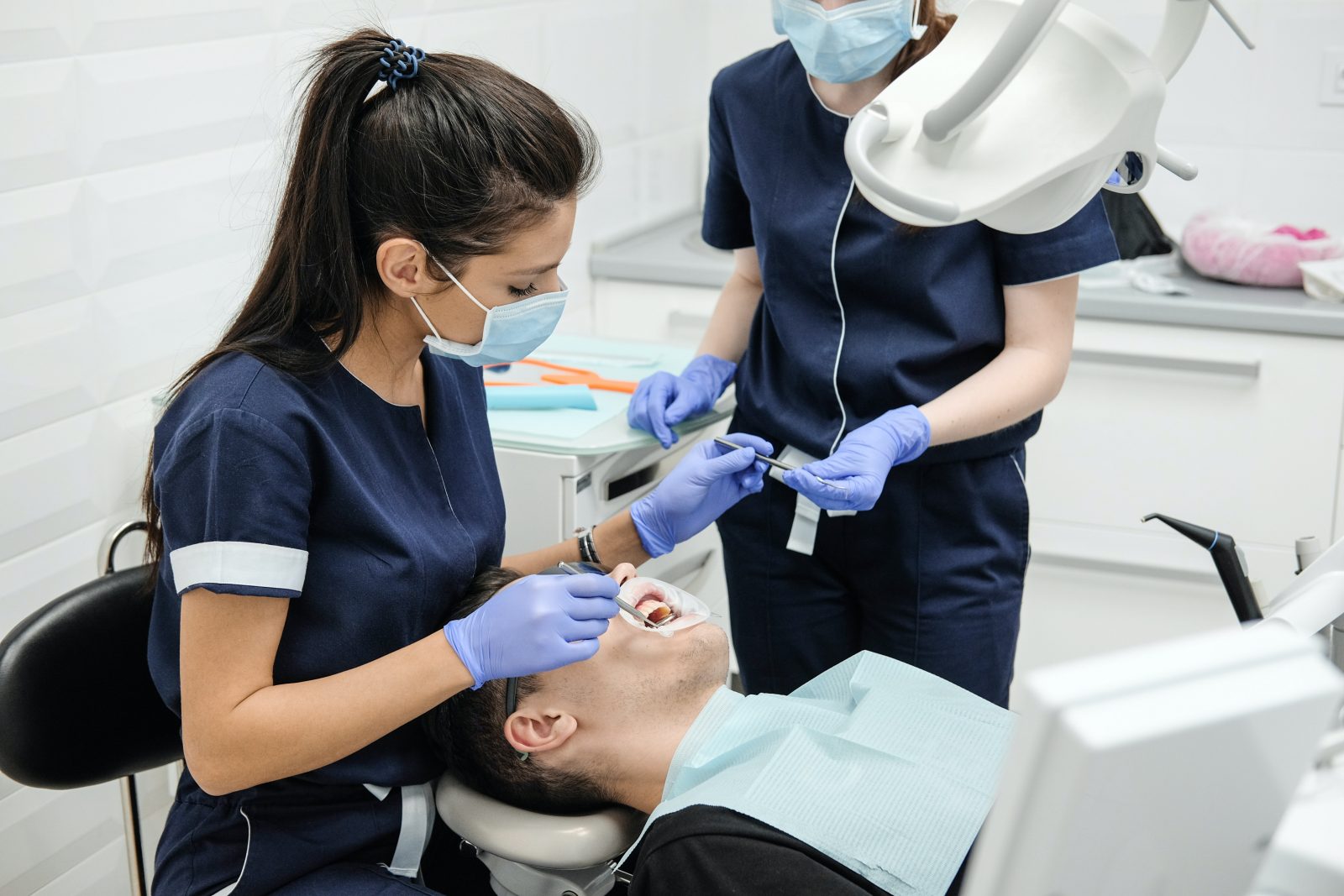The Urgency of Pediatric Tooth Decay

by Dr. Michael G. Wharton-Palmer, D.D.S.
After 20 years of practicing pediatric dentistry, I was asked to give some insight to what factors I consider the most important when giving advice to parents.
I would like to start with a few alarming statistics. Tooth decay today is an epidemic among young children. It is a public health crisis in the United States. It is the most common disease faced by children, five times more common than asthma, and it is the most chronic illness. Tooth decay, or early childhood caries (ECC), may lead to other serious illnesses, such as infections in the ears, sinuses, and the brain. It can contribute to malnutrition, low self-esteem, and learning difficulties in school. In fact, over 50 million school hours are missed annually by children with ECC. Fortunately, ECC is preventable and treatable.
Good oral hygiene is the foundation for healthy teeth. I cannot stress enough the importance of parents assuring their child’s teeth are well brushed. The American Academy of Pediatric Dentistry recommends brushing for 2 minutes 2 times a day. Children should brush every morning and night after the last meal or drink before bed. Brushing should be continuous, covering all tooth surfaces, the gums and the tongue. From my experience, once children reach kindergarten, they exhibit good enough hand skills to brush decently, but parents should still check periodically to make sure.
Another major component of good oral hygiene is flossing. This requires parental supervision until the ages of 8-9 and should be done daily. For infants, either focus on gentle stimulation of the gums with a soft toothbrush or wiping the gums with a moist, clean washcloth. Once teeth are coming in, start using a toothbrush and children’s toothpaste. I recommend an ADA approved toothpaste containing fluoride when the one year molars erupt, especially in areas that do not have fluorinated water, such as Texarkana. How much toothpaste? For children 1-5 years old, use a pea-sized amount. For children over 5, use a strip the length of the brush bristles.
The next priority is a healthy diet. While brushing aids in reducing disease in the mouth, diet is equally as important. Foods high in sugars, like sugared sports drinks, sweets, soft drinks, and juices encourage the disease process. I’m not a kill-joy, and appreciate the joys of ice cream, chocolates, and soft drinks (my favorites). So, what should parents do? Monitor the amount of such food forms and drinks. Whenever possible, brush ASAP. A mistake parents make is giving children milk or juice in a bottle or cup at bedtime. While sleeping, our mouths produce less saliva, which serves to wash our teeth. The sugar in these drinks pools around the teeth, providing bacteria (common to the mouth) a food source. These factors – teeth, bacteria, and time – are all that’s needed to create cavities.
The AAPD recommends brushing for 2 minutes 2 times a day.
Choosing a pediatric dentist and establishing a dental home for your child is vital. Pediatric dentists receive at least two additional years of specialty training exclusively for children. We are more equipped to treat children, both physically and emotionally, with skills not usually taught to general dentists and other providers. A dental home provides an ongoing relationship between the dentist, patient, and parent in a family-centered way, from the first year of life through the age of 18. For children with special needs, care can continue into adulthood.
I moved here from England over 25 years ago. Families have welcomed me, trusted me with the care of their children, and made me feel at home. My goal is to do the same for you and your children. I welcome you and would be honored to be your “dental home”.


 Dr. Wharton-Palmer is a pediatric dentist in Texarkana and has lived here for over 25 years after moving from England.
Dr. Wharton-Palmer is a pediatric dentist in Texarkana and has lived here for over 25 years after moving from England.






